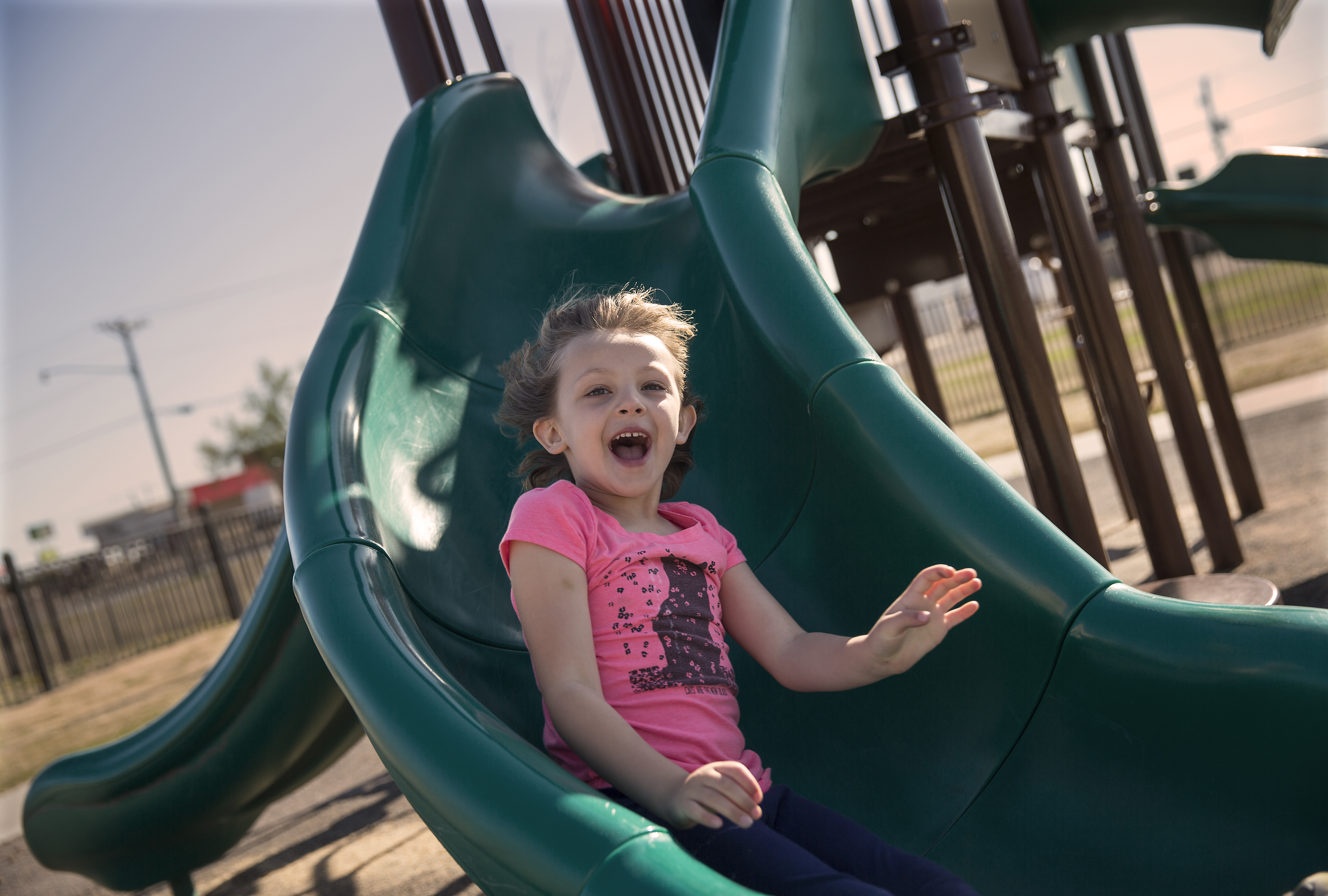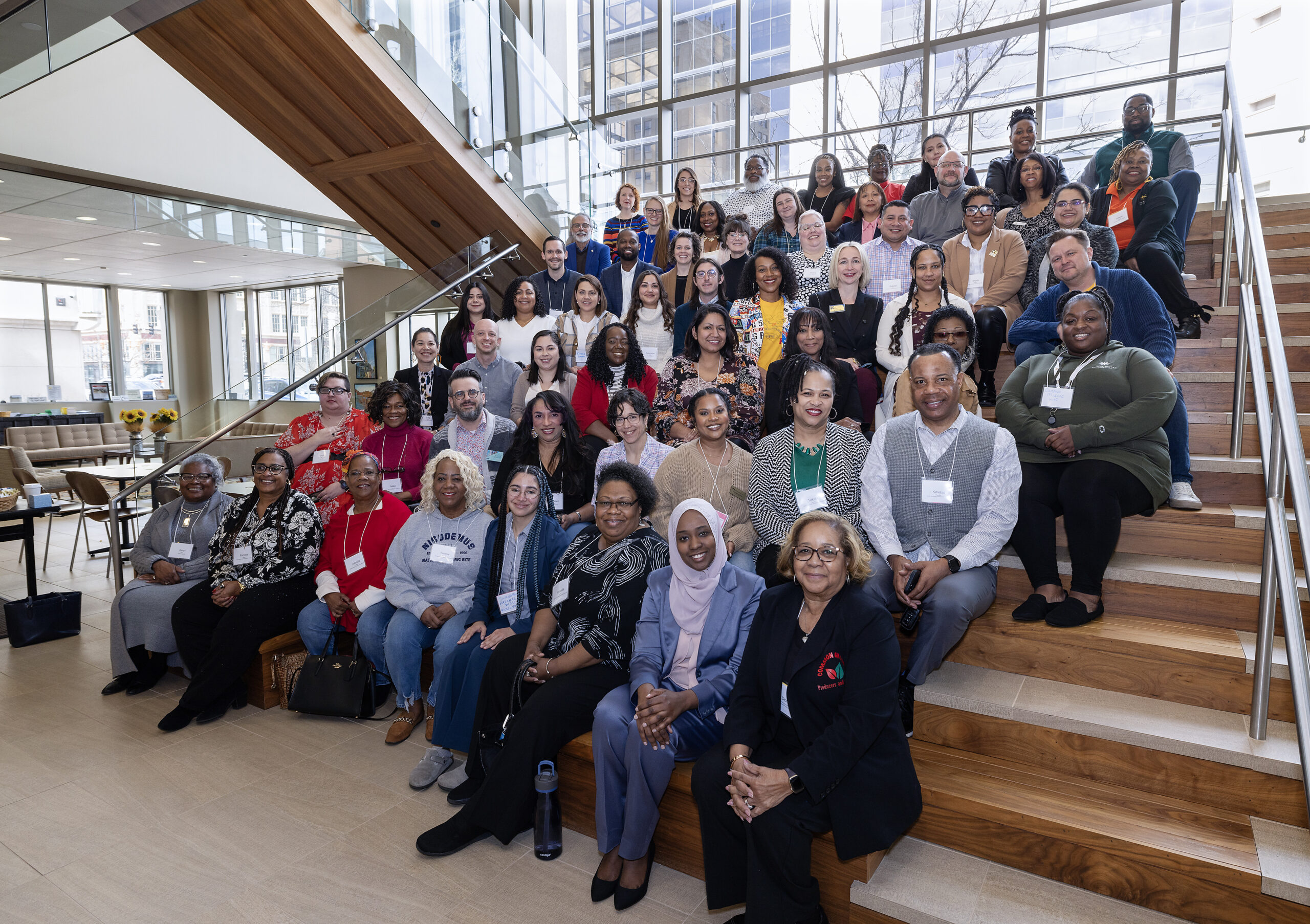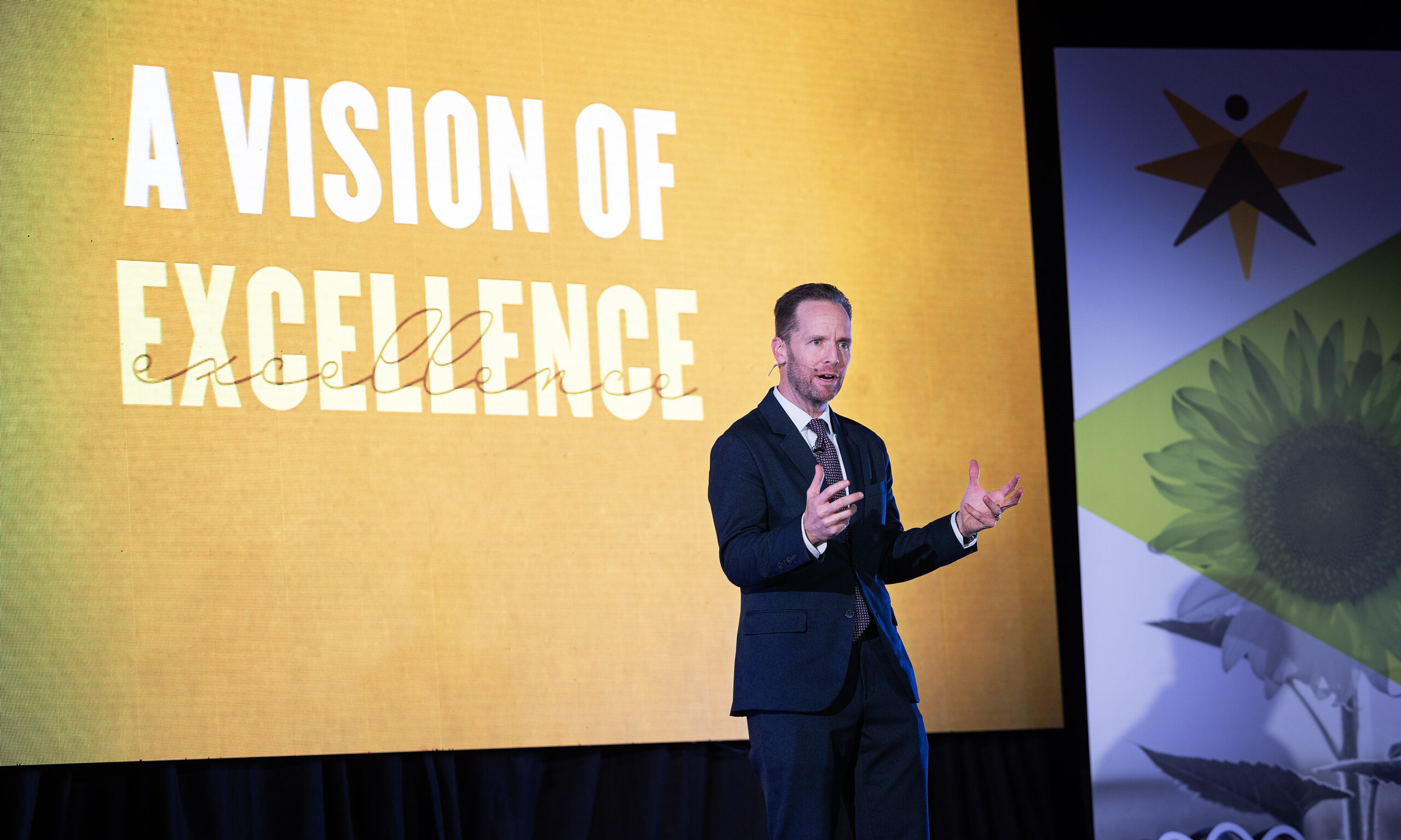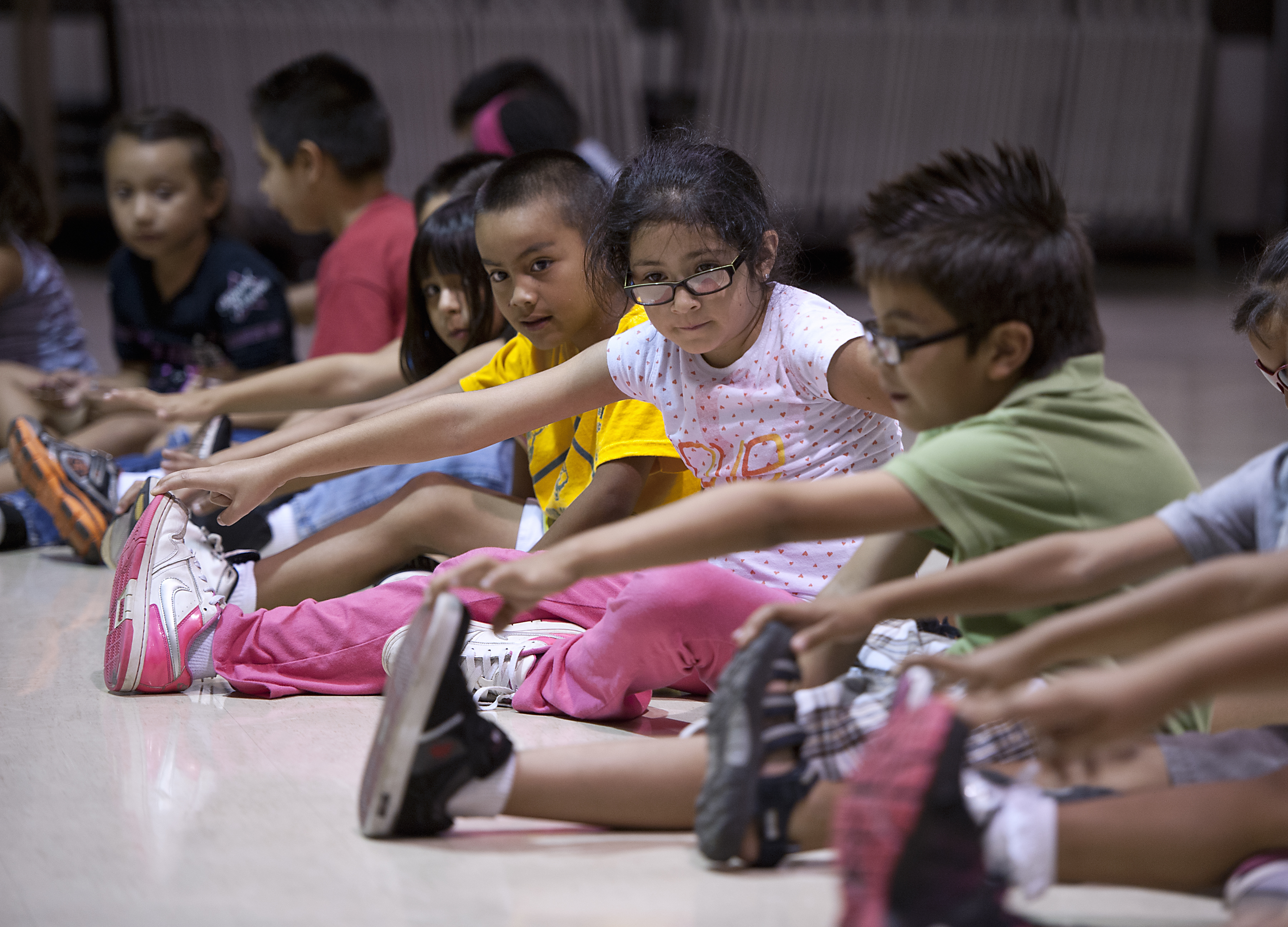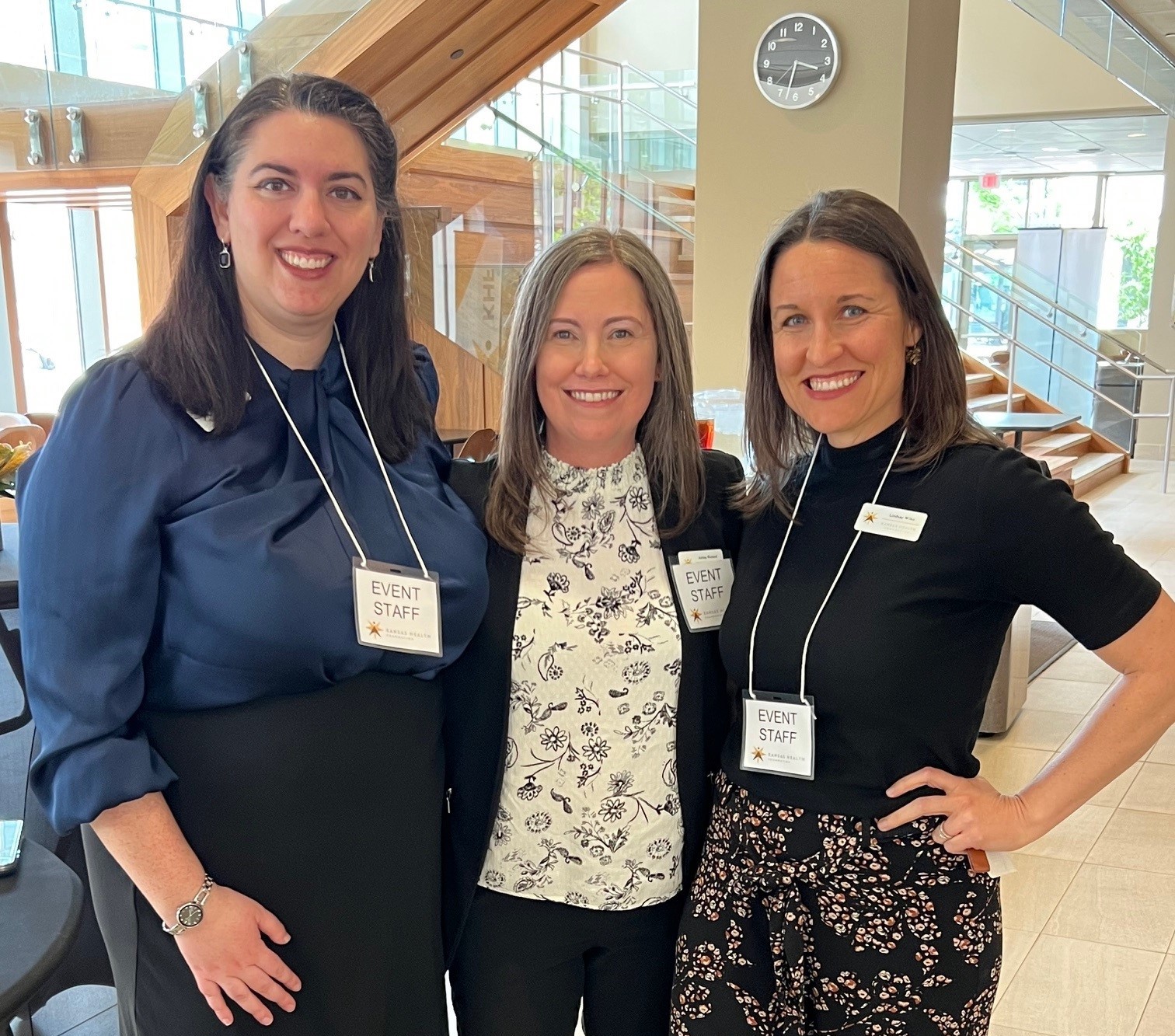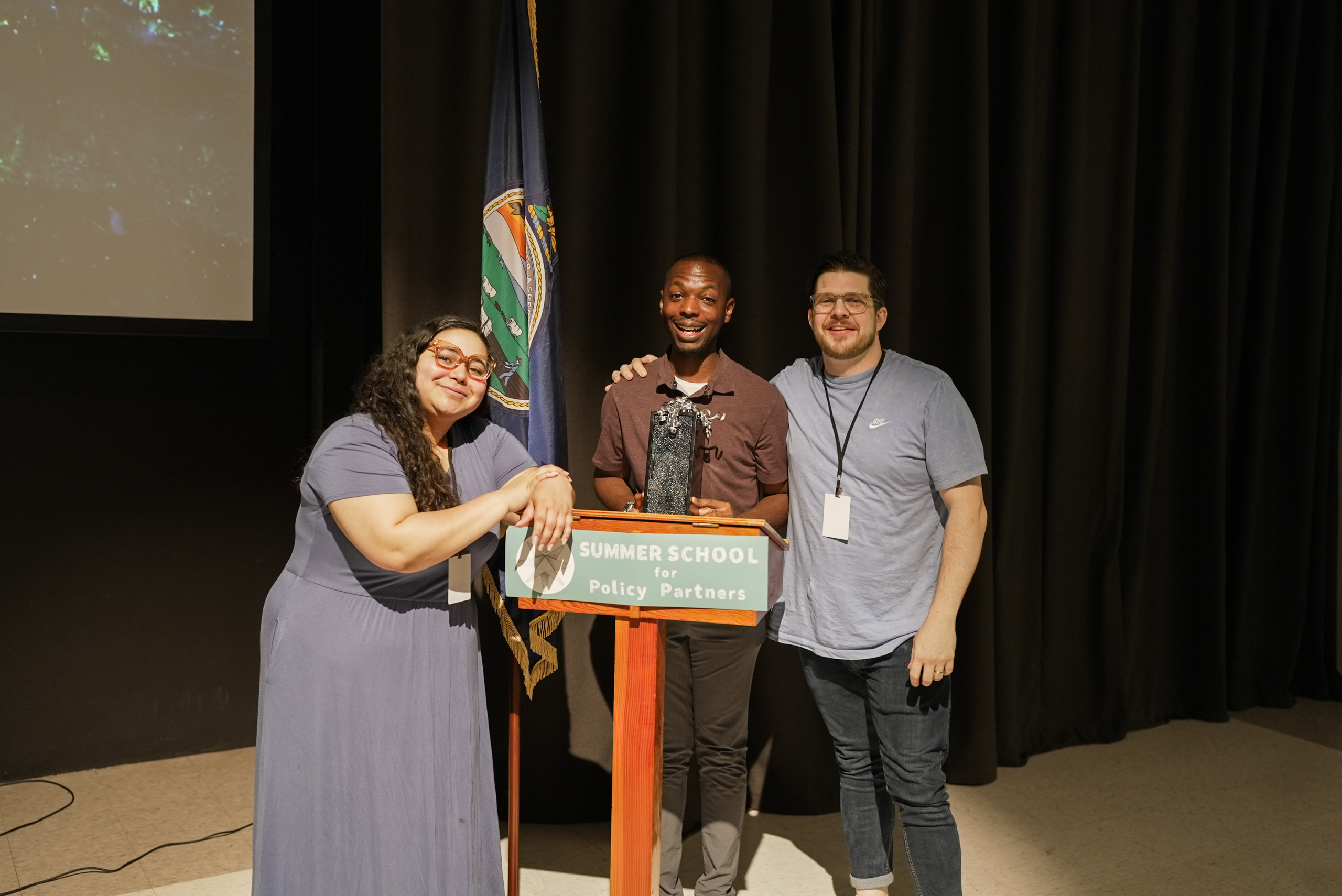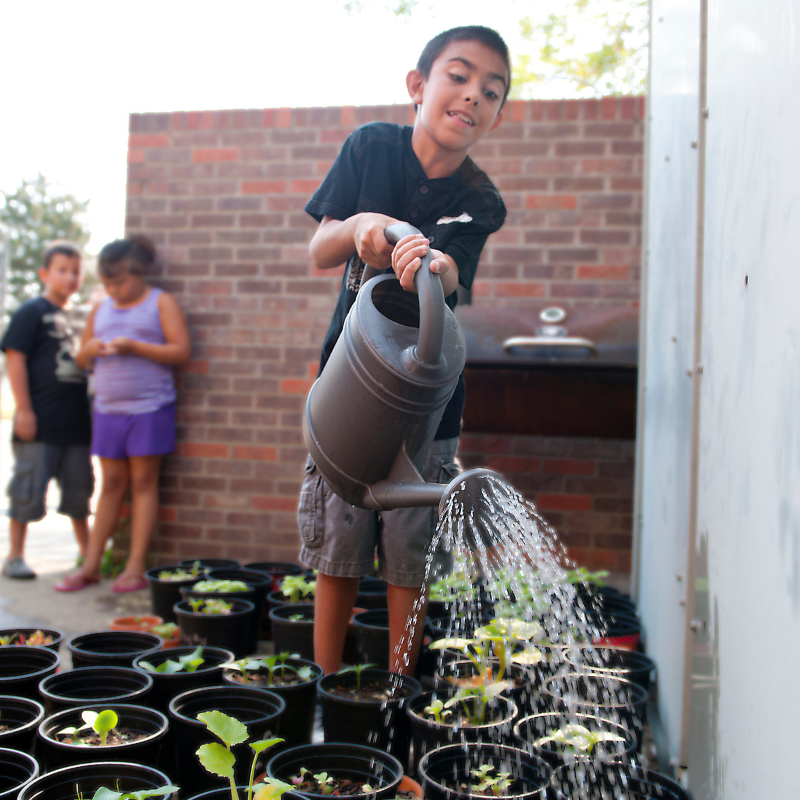Before people can be empowered to have agency, to use their voice to advocate for change, their most basic needs must be met. Basic needs like shelter, safety, employment, healthcare and nutritious food.
America’s Health Rankings for Kansas indicate there are significant disparities that exist on health outcomes, such as life expectancy and economic hardship, often as a result of one population or group not having the same access to opportunities to meet their basic needs.
The work to improve the health of all Kansans must start at this level. Then, we can work to empower people to lead the nation in health.
Working Alongside Grassroots Organizations
Our commitment to this work led us to a powerful truth: we cannot do it alone. And, in fact, we should not do it alone.
Grassroots organizations are already actively working to create a better Kansas for everyone. These organizations are deeply connected to the people they serve, trusted by their neighbors and positioned to empower people to become active participants in shaping their futures. They have the unique ability to do the work at the ground level, providing for basic needs, as well as at the greater level, which puts power back into the hands of the people.
That’s why we created the Building Power & Equity Partnership (BPEP) initiative: to support the grassroots organizations already doing the work.
BPEP is built on a partnership with 30 organizations that span the state of Kansas and work directly with the communities experiencing the greatest health disparities.
Our partners are working to meet people’s basic needs while also changing systems through advocacy and education. They’re working toward affordable housing, economic opportunities, equitable education systems, food security and more.
- Rosedale Development Association (RDA) is actively addressing basic needs in their community while also empowering residents to advocate on their own behalf.
- Suburban Balance works within school districts to advocate for students of color, helping parents learn how to advocate for their children in partnership with schools and raising awareness about systemic barriers they may not realize exist.
- The Neighboring Movement trains residents to build relationships with one another and identify community issues they want to solve together to develop stronger neighborhoods.
These are just a few examples of how our BPEP partners are organizing and creating long-term impact. They’re able to make such differences because they’re guided by—and accountable to—the communities they serve, instead of being held to strict requirements defined by a grant application.
As Funders, We Follow–Not Direct
Traditional philanthropy asks grassroots organizations to shape their programs to fit grant requirements that often leave capacity-building off the table. That model doesn’t work for long-term impact. What these organizations need is capacity to build an organizational structure that can scale.
That comes from unrestricted funding.
Kansas Health Foundation provides long-term core funding support to help our BPEP partners build capacity and organizational structure rather than forcing them to fit into specific requirements. Paired with technical assistance, leadership coaching and access to a broader network of funders and collaborators, this approach was designed to build internal power, not just fund external projects.
We’re not telling our partners how to do their work. We’re just helping them do it.
One of our BPEP partners, The Toolbox KC, shared this reflection:
“One clear indicator of our organization’s growth and the impact of the BPEP initiative on our capacity is the shift in how we’re being perceived and approached by peer organizations. In the past, we had reached out to several groups in an effort to collaborate, but those efforts were often met with no response. More recently, however, those same organizations have begun reaching out to us. This change reflects not only increased visibility but also an elevated level of credibility and trust in our work with the broader ecosystem. It’s a testament to the reputation we’ve built through consistency, program delivery, and our engagement through the BPEP initiative. These relationships are opening new doors for partnerships that we previously struggled to establish, ultimately helping us expand our reach and deepen our impact in the community.”
The formula seems simple: capacity leads to power, power leads to influence and influence leads to collaboration.
Building a Community of Collaboration
BPEP partner collaboration has been an unexpected benefit of the initiative, and Kansas Health Foundation has had almost nothing to do with its organic growth among program participants.
For example, both Destination Innovation and The Hub Argentine are helping The Neighboring Movement recruit animators in Sedgwick and Wyandotte counties. These animators find, connect with, mobilize and work with people to build sustainable communities.
Our BPEP partners are reaching out to one another, recognizing strengths and working together to mobilize even more support.
In five to 10 years, we hope to see many of our partners reach a place of sustainability with strong leadership, steady revenue streams and robust infrastructure. Some may even graduate from needing our core funding support. Others may scale their work statewide or even nationwide.
As that happens, we hope to onboard new grassroots organizations into the initiative to ensure this work continues to grow and evolve.
When grassroots leaders have the power, tools and trust they need, they don’t just build programs.
They build equity.
They build community.
And they build a healthier Kansas.

